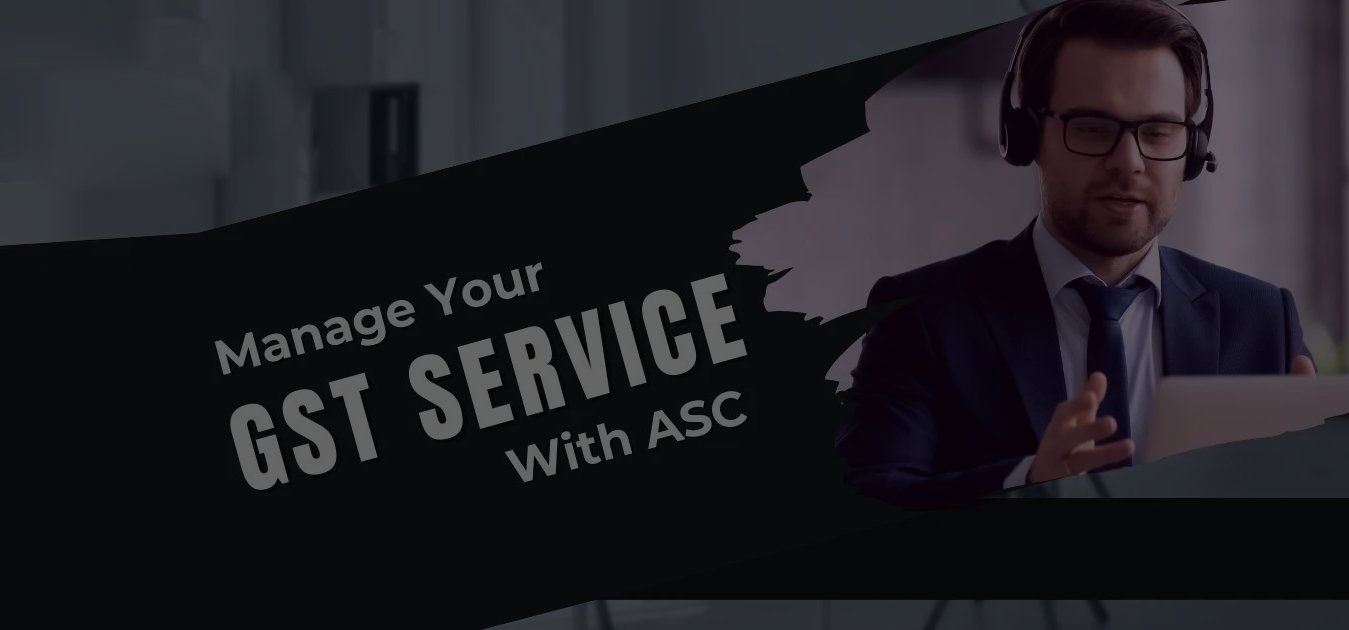
![]() Attention: GST verification now requires in-person biometric authentication.
Attention: GST verification now requires in-person biometric authentication.
GST Consultants in Hyderabad
GST Consultants in Hyderabad
- GST Application filing in 2 business days Starting at ₹499 T&C*
- Simple process for new GST registration, application status tracking, and filing for clarifications.
- Tailored services for GST needs of citizens, eCommerce sellers, and government offices.
- All GST needs Met: CA-assisted online document submission, GST filing, GSTIN procurement.
- Assistance for GST e-invoicing, ledger, and invoice maintenance.
15000+
Startups and MSMEs Served
Efficient & Accurate
Filing Process
Expert Assistance
for GST Compliance & Filing Support
Overview of GST Consultants
GST Consultants in Hyderabad specializing in Goods and Services Tax (GST) are driving a pivotal indirect tax reform in India. The ultimate goal is to eliminate tax obstacles at the state level, thereby establishing a unified national market. This system was introduced to provide greater benefits to end consumers, who often lacked transparency into the Value-Added Tax (VAT) and overall tax burden embedded in the cost of goods.
When you receive the bill for your purchase, the tax listed on it is actually lower than the total tax you paid. The central government collects excise duty on the products before they are made available in, but these excise charges are not included in the bill.
It is reasonable to conclude that the tax we pay on merchandise goods exceeds 20%. The primary advantages for consumers are:
- The utmost importance is transparency in taxation. The tax amount is determined by the consumption rate.
- For example, an 18% tax rate on a shirt includes both central and state government taxes.
- This transparency prevents the government from imposing arbitrary taxes that negatively impact everyday citizens, thereby avoiding public resentment towards the government.
When the tax barriers are eliminated, regular individuals like us will not have to pay taxes on top of existing taxes when goods are transported across state lines.
Purpose of implementation of GST
- When the tax barriers are eliminated, regular individuals like us will not have to pay taxes on top of existing taxes when goods are transported across state lines.
- The main goal in introducing GST was to eliminate the cascading impact of multiple taxes. The complex system of various indirect taxes prevented tax credits from being transferred between different taxes. By doing away with this system GST aims to remove the cascading effects of taxes and help transform the tax landscape in India. This efficient method of claiming tax credits for both goods and services represents a significant advancement and a catalyst for progress in the history of taxation.
- Prior to the introduction of GST, taxpayers faced numerous challenges, juggling multiple taxes and dealing with various authorities, but now they have been relieved of this burden thanks to GST solutions. Unlike the past, when people preferred to file their tax returns manually, GST has shifted the process online, offering the option to seek assistance from a GST registration consultant if needed. Today, every step, from registration to return filing, refunds, and e-bill generation, can be completed with ease and convenience, all at the click of a button.
- The implementation of GST in India has significantly enhanced the business environment, making it more convenient for entrepreneurs to operate. Furthermore, it has streamlined various processes for taxpayers, reducing complexities. If you encounter any challenges or difficulties, you can seek guidance from a local GST specialist, eliminating the need to navigate these issues solo.
- The introduction of GST in India has resulted in a significant shift in the collection of indirect tax revenues. Previously, the cascading tax structure led to inflated prices of goods in India compared to the global market, which in turn boosted consumption and ultimately generated higher revenue, thereby achieving the second key goal of implementing GST in India.
- The Goods and Services Tax (GST) is a crucial element in India’s economic framework, streamlining the taxation process and unifying the startup ecosystem under a single taxation regime. By doing so, the government can harness revenue from these taxes, which can then be allocated towards driving development and improvement initiatives across the nation.
Documents Required for GST Registration
The following documents are required for the new registration process.
- Applicant’s PAN
- Aadhaar card
- Evidence of business registration or Incorporation certificate
- Promoters/Director’s Identity and Address proof with Photographs
- Business location Address proof
- Electricity bill and utility bill of the office address
- Bank account details, statement or canceled cheque
- Digital Signature Certificate
- Letter of Authorisation or Board Resolution for Authorised Signatory

GST Registration Eligibility and Threshold Limits
Eligibility to Register for GST Registration must be verified before registration. Individuals registered under the Pre-GST law should also opt for GST registration. It is mandatory for businesses that have a turnover of ₹40 lakhs for the sale of goods in normal category states and ₹20 lakhs for the sale of goods in special category states. A company must register as a regular taxable entity under GST law if its annual threshold limit exceeds ₹40 lakhs. The GST council recommends GST rates, tax exemptions, and other tax-related policies. Here is a complete outline for the same
| Aggregate Turnover | Registration Required | Applicability |
|---|---|---|
| Earlier Limits for Sale of Goods/Providing Services | ||
| Exceeds ₹20 lakh | Yes – For Normal Category States | Upto 31 March 2019 |
| Exceeds ₹10 lakh | Yes – For Special Category States | Upto 31 March 2019 |
| New Limits for Sale of Goods | ||
| Exceeds ₹40 lakh | Yes – For Normal Category States | From 1 April 2019 |
| Exceeds ₹20 lakh | Yes – For Normal Category States | From 1 April 2019 |
| New Limits for Providing Services | ||
| Exceeds ₹40 lakh | Yes – For Normal Category States | Upto 31 March 2019 |
| Exceeds ₹20 lakh | Yes – For Special Category States | Upto 31 March 2019 |
| For Service Providers | ||
| Exceeds ₹40 lakh | Yes – For Normal Category States | From 1 April 2019 |
| Exceeds ₹20 lakh | Yes – For Normal Category States | From 1 April 2019 |
Turnover Limits for GST Registration
Businesses exceeding an annual turnover of ₹40 lakhs (for goods) and ₹20 lakhs (for services) should register for GST and fulfil tax obligations on their taxable goods and services. Although it is not mandatory, businesses with annual revenue under ₹40 lakhs in the respective financial year are free to register for GST. Doing so entitles them to benefits from input tax credit. It is noteworthy that states falling under the special category have a separate minimum threshold, which is ₹10 lakhs for services and ₹20 lakhs for goods. Here is a complete outline of the same:
| Normal Category States/UT Opting for ₹40 lakh Limit | Normal Category States Opting for Status Quo | Special Category States/UT Opting for ₹40 lakh Limit | Special Category States/UT Opting for ₹20 lakh Limit |
|---|---|---|---|
| Kerala, Chhattisgarh, Jharkhand, Delhi, Bihar, Maharashtra, Andhra Pradesh, Gujarat, Haryana, Goa, Punjab, Uttar Pradesh, Himachal Pradesh, Karnataka, Madhya Pradesh, Odisha, Rajasthan, Tamil Nadu, West Bengal, Lakshadweep, Dadra and Nagar Haveli and Daman and Diu, Andaman and Nicobar Islands and Chandigarh | Telangana | Jammu and Kashmir, Ladakh and Assam | Puducherry, Meghalaya, Mizoram, Tripura, Manipur, Sikkim, Nagaland, Arunachal Pradesh and Uttarakhand |
Akshara Finalytics
Mandatory GST Registration for Specific Businesses
Irrespective of the threshold limit GST registration is mandatory for the following:
- Individuals engaging in interstate taxable supply (with a threshold of ₹20 lakhs/₹10 lakhs applicable for interstate supply of taxable services, specified handicraft goods, and handmade goods)
- Casual taxable persons involved in taxable supply
- Individuals obligated to pay tax under reverse charge for received inward supplies
- Non-resident taxable persons engaged in taxable supply
- E-commerce entities (inclusive of every e-commerce operator and individuals supplying goods and/or services)
- Individuals required to deduct tax under Section 51
- Input service distributor
- Individuals making taxable supply of goods or services on behalf of other taxable persons, whether as an agent or otherwise
- Individuals required to pay tax under Section 9(5)
- Any other individuals or categories notified by the government.
Step-by-Step Guide For GST Registration Process
Here are 4 steps to complete your GST registration process
- Get in touch with our experts
- Provide Business Information
- Filing for GST Registration
- Get your GSTIN
1. Get in touch with our experts
Book a slot with our GST experts and resolve all your queries.
Provide Business Information
Provide the required documents and fill in essential business details such as business name, SEZ unit, Principal place of business, additional places, mobile number, email address, state, PAN card details for initiating the registration process.
Filing for GST Registration
Our team will file your GST registration application on the online portal. Once filed, you’ll receive an OTP for verification.
Get your GSTIN
Our team will provide you with the Application Reference Number (ARN) (also called as temporary reference number) after successful verification. You can track application status using the number. GST registration certificate will be available on the official GST website after the process is completed.
All the documents should be submitted within a time frame and accurate as per the government guidelines to avoid delay. The GST certificate will be delivered directly by the Central government. Vakilsearch will initiate and guide you through the process.
Types of GST Registration
Here are few types of GST registered in India:
- Central Goods and Services Tax (CGST) applies to the supply of goods and services within a single state
- State Goods and Services Tax (SGST) is applicable to the sale of goods or services within the confines of a state
- Integrated Goods and Services Tax (IGST) is imposed on transactions involving goods and services across state boundaries
- Union Territory Goods and Services Tax (UTGST) is levied on the supply of goods and services in Union Territories such as Andaman and Nicobar Islands, Daman and Diu, Dadra and Nagar Haveli, Lakshadweep, and Chandigarh. UTGST is charged in conjunction with CGST.
Regular, Casual, and Non-Resident Taxable Persons
Here is clear outline of regular, casual and non resident taxable persons:
Regular Taxpayers
Regular taxpayers under GST are obligated to remit GST once their business turnover surpasses a specified threshold in a fiscal year. Suppliers must register with the state or union when providing goods and services.
Casual Taxable Person
A person who periodically engages in business transactions involving the delivery of goods or services, or both, in a state or union territory where they do not have a fixed place of business, whether as a principal, agent, or in any other capacity, is referred to as a casual taxable person.
Non Residential Taxable Person
A non-resident taxable person is someone who, while not having a fixed place of business or residence in India, occasionally engages in transactions involving the supply of goods or services, or both, in the course or furtherance of their business, whether as a principal, an agent, or in any other capacity.
ECommerce Operators and GST
As per the Goods and Service Tax Act of 2017 all e-Commerce operators should collect the tax at the source of 1% on the cross sales amount of an e-Commerce seller. e-Commerce operators who manage digital or electronic facilities selling goods should register under the Act mandatorily and they are also required to register for TCS.

 Google Reviews
Google Reviews